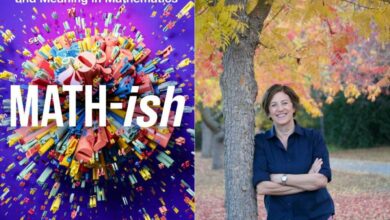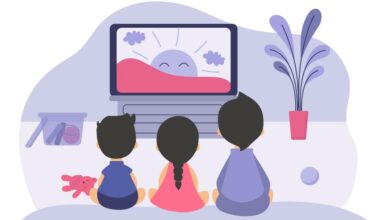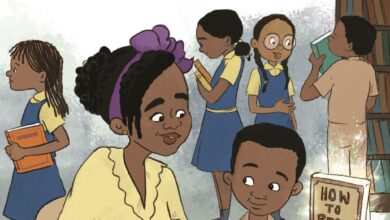When family tree projects frustrate students, community maps are an inclusive alternative
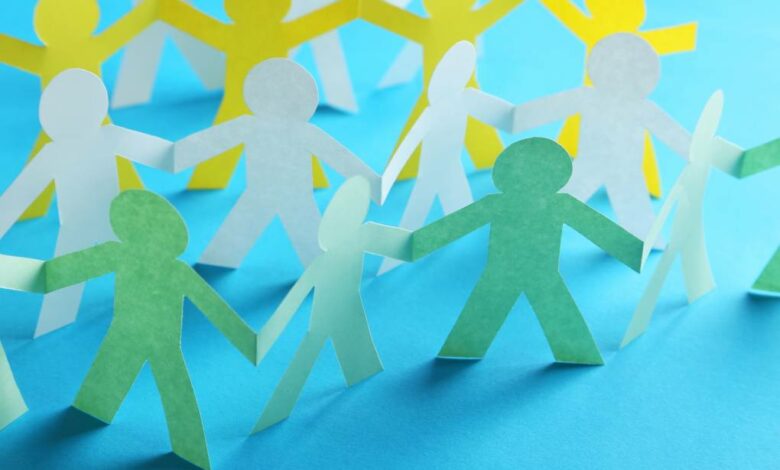
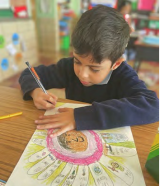 I imagine the objective of the original family tree exercise was never to fill in box after box in rote fashion but to foster curiosity among children and conversation with their elders around history, connection and contribution. An alternative that acknowledges a more nuanced reality of family structures, while, at the same time, speaking to a broader collective behind every child, would be a free-form community map, taking the same concept of illustrating connections between the child and those who have an impact on their lives, while still eliciting conversation between the students and adults around the history of connections. Community maps can thoughtfully tease out a literacy ideal we all appreciate, weaving a textured tapestry of unique individuals with myriad experiences toward a greater collective that is inherently beautiful because of its nuances.
I imagine the objective of the original family tree exercise was never to fill in box after box in rote fashion but to foster curiosity among children and conversation with their elders around history, connection and contribution. An alternative that acknowledges a more nuanced reality of family structures, while, at the same time, speaking to a broader collective behind every child, would be a free-form community map, taking the same concept of illustrating connections between the child and those who have an impact on their lives, while still eliciting conversation between the students and adults around the history of connections. Community maps can thoughtfully tease out a literacy ideal we all appreciate, weaving a textured tapestry of unique individuals with myriad experiences toward a greater collective that is inherently beautiful because of its nuances.
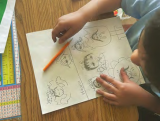 Some people who have played an enormous role in raising me would never have shown up on a traditional family tree graphic organizer. Amu Hamid, with his ceaseless guidance, unending support and unconditional love, wouldn’t have had a place on a simple stencil, because he was my father’s sister’s husband. But the reality is, he was one of the people who raised me. I was one of his daughters. He piloted my daily decision making with compassion, care, and experience. If I were a student able to design the outline of my adult community, he would’ve shown up as the family giant.
Some people who have played an enormous role in raising me would never have shown up on a traditional family tree graphic organizer. Amu Hamid, with his ceaseless guidance, unending support and unconditional love, wouldn’t have had a place on a simple stencil, because he was my father’s sister’s husband. But the reality is, he was one of the people who raised me. I was one of his daughters. He piloted my daily decision making with compassion, care, and experience. If I were a student able to design the outline of my adult community, he would’ve shown up as the family giant.
To get started with community map projects, you might offer students and their caregivers an open-ended set of ideas along with a few quick parameters and find this is plenty to inspire a variety of individual products. Leaving the process open allows for families to cocreate and coimagine with their children. And, when they share their final projects, I often marvel at folks’ oohing and ahhing, which almost always results in an even greater degree of imaginative iterating and dreaming of interesting projects further down the line. I generally make the following suggestions and leave the rest to them:
- Visually represent the people in your collective who support you.
- You’re welcome to use a tree form to guide you, but feel free to diverge from that template to represent your loved ones in the way that makes most sense to you.
- Draw connections between the people in your life using visuals.
Just as my Amu Hamid had superhero-like individual strengths that contributed to our family collective as a whole, as students and their caregivers work on this project, invite them to highlight how different individuals have made them stronger together with prompts like:
- Who is this person to me?
- What makes them unique?
- What talents do they bring to our family/group/community?
- How does having them with us bring us closer and make us stronger?
- What might our collective look like if we were missing this person’s contributions?
- How did our loved ones who have passed contribute meaning to our family? How did they shape us? How might we keep their legacies alive?
- How do we ensure their memories are a continued blessing?
Dream big here. Read aloud from books where families look different. Prompt children to share with peers before brainstorming on paper. In one second-grade Chicago classroom, students discarded the tree image altogether and, instead, talked about who grows in their hearts after their teacher mentioned all the different contributors to her garden: bees, flowers, weeds, birds. All of those elements contribute to and nurture the garden’s vibrancy, just like all of the people in our hearts.
These community maps can even be co-constructed with caregivers or orchestrated as a collaborative family project in schools, which is particularly impactful with siblings in multiple grades. They can begin on family literacy nights and end in a cumulative showcase, or they can be smaller-scale and more personal in nature. Either way, the conversations that ensue as a result of creating community maps are invaluable representations of a literacy ideal that ultimately frames much of what we aim to accomplish as teachers.


